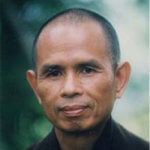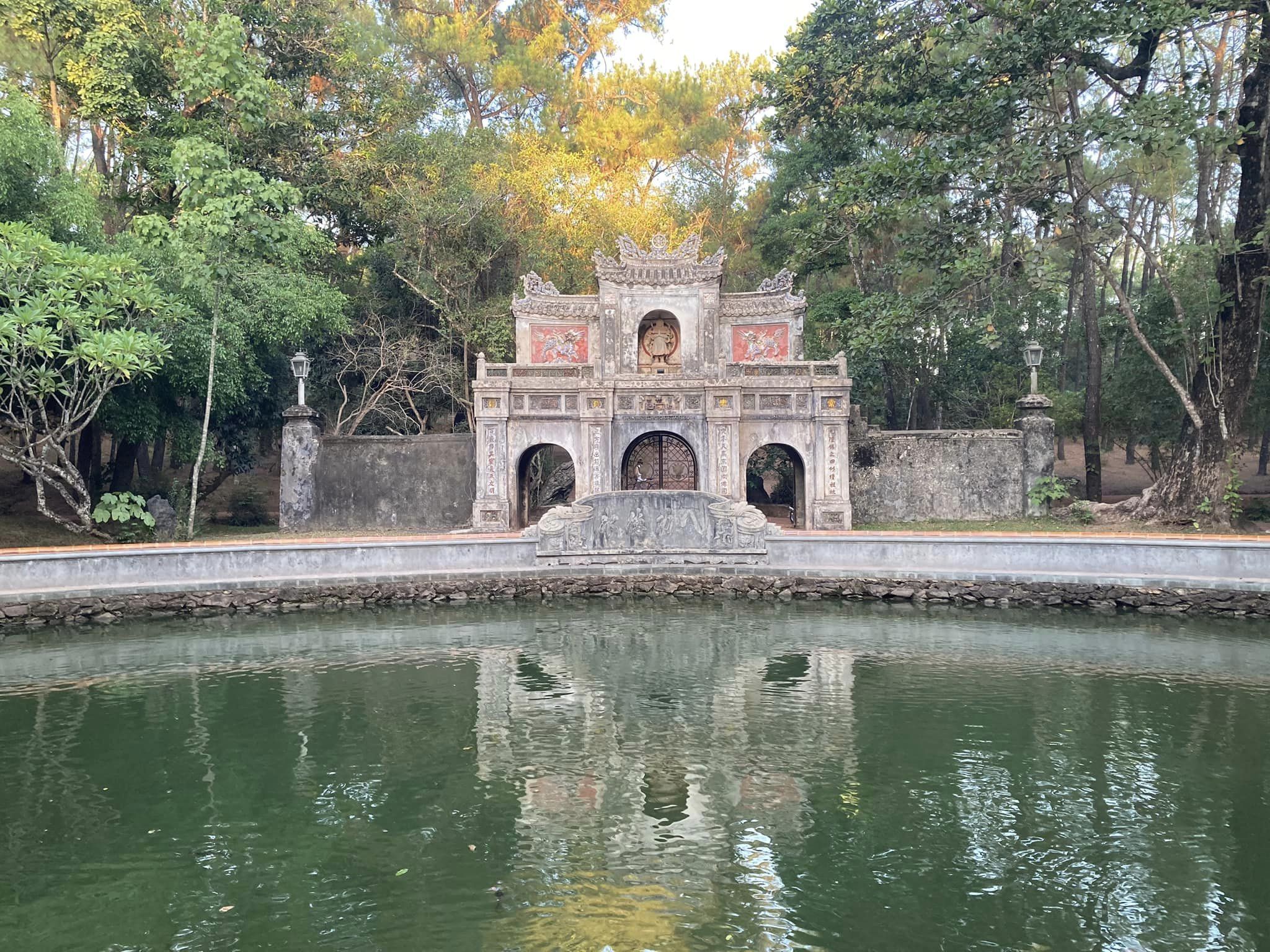By Thich Nhat Hanh, Brother Pháp Lưu on
Brother Pháp Lưu reflects on How to Smile, a new compilation of simple, refreshing meditations from Thích Nhất Hạnh to give us inspiration and tools for transforming our suffering and cultivating happiness.
Life is filled with suffering, but it is also filled with many wonders, such as the blue sky,
By Thich Nhat Hanh, Brother Pháp Lưu on
Brother Pháp Lưu reflects on How to Smile, a new compilation of simple, refreshing meditations from Thích Nhất Hạnh to give us inspiration and tools for transforming our suffering and cultivating happiness.
Life is filled with suffering, but it is also filled with many wonders, such as the blue sky, the sunshine, and the eyes of a baby. To suffer is not enough. We must also be in touch with the wonders of life. They are within us and all around us, everywhere, anytime.
Thích Nhất Hạnh, How to Smile
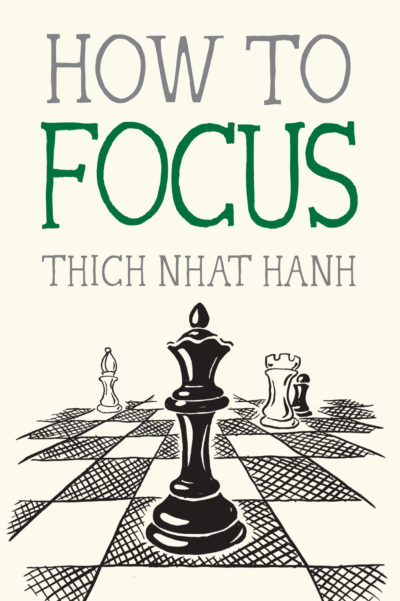
In the last four years of his public speaking, Thầy constantly supported teachers to find ways to bring the Plum Village practice into their own lives and into schools. In the last Dharma talk that Thầy gave, which was during the French Educators Retreat in October of 2014, Thầy said, “A real teacher knows how to generate a feeling of joy wherever they are, whenever.” And you could see Thầy almost coming out of his wheelchair to say it! He’s telling us how essential this basic practice of transforming our present moment into a moment of joy and happiness is. We stop seeing ourselves as victims of our situation. If How to Focus is teaches us the power of aimlessness, How to Smile teaches us how we can stop being a victim of our own suffering. This is a powerful teaching.
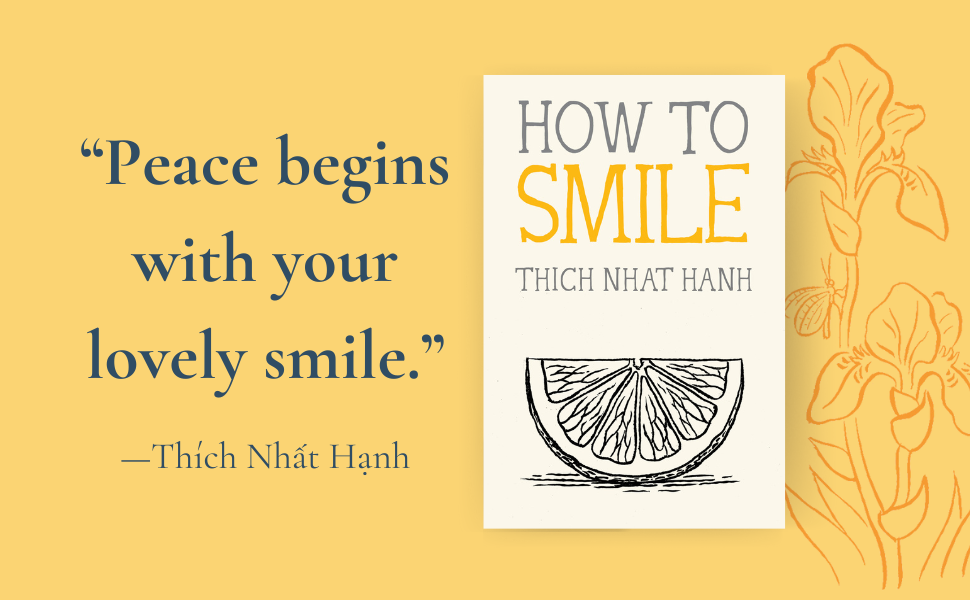
Recently I sat with a young friend at Deer Park committed to staying with us for the Rains Retreat. Thầy’s teachings deeply affected him, and though he didn’t get a chance to meet Thầy in person, now he meets Thầy through the community. The teaching of not being a victim has helped him transform his own sense of inferiority and discrimination within himself. This kind of teaching is what we really want to transmit. It is a teaching that has to be held carefully. When Thầy gave that teaching, some people took offense. We are not given an equal hand coming into this life; we are all born into a historical situation of discrimination. When we encounter the Buddha Dharma we finally see how we can let that help to transform our life to be more free, to be more happy.
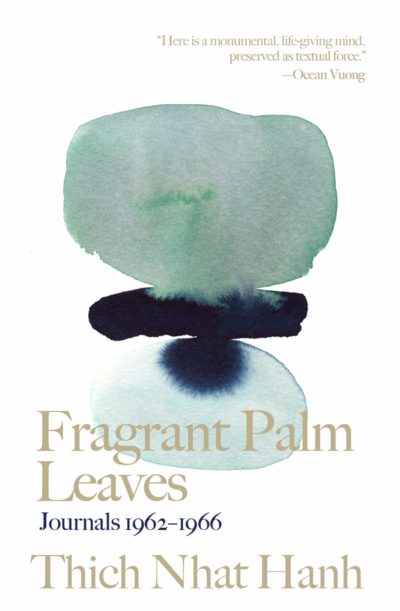
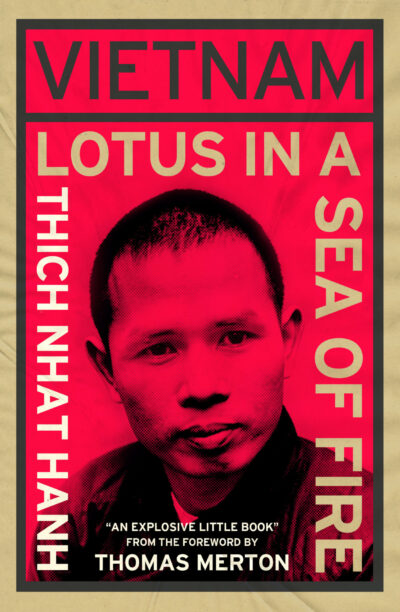
Right now we’re offering a class over thirteen weeks here at Deer Park on Collective Awakening, going through a number of Thầy’s books. We read through Fragrant Palm Leaves followed by the new edition of Vietnam: Lotus in a Sea of Fire. Reading that impassioned plea that Thầy made to the American people in the book Vietnam: Lotus in a Sea of Fire, we can see that Thầy is determined not to paint himself nor the Vietnamese people as victims, but rather to recognize the conditions that bring about the war. The rest of his life is a beautiful, lived demonstration of how to respond to violence and fear with a spirit of reconciliation and non-fear. How fundamentally different that is than the sense of powerlessness that comes with feeling like we’re a victim! So How to Smile is a revolutionary cry. To smile the smile of non-fear is to realize one of the most powerful aspects of Thầy’s revolution within Buddhism. That half smile of the Buddha sitting on the altar is more powerful than any general with a destroying army could ever be. Because when we are able to smile, we no longer see ourselves as just being swept away by the historical forces of our personal life, of our collective life. We master our own body and mind. So the subtitle for How to Smile would be something like Re-establishing Sovereignty in Our Lives.
This an excerpt from a Tea and Chat conversation with Parallax Press staff and Brother Pháp Lưu in October 2022.
From How to Smile:
Present Moment, Wonderful Moment
Our breathing is the link between our body and our mind. Sometimes our mind is thinking of one thing and our body is doing another, and mind and body are not unified. By concentrating on our breathing, we bring body and mind back together, and become whole again.
Breathing is a joy I cannot miss. Every day, I practice conscious breathing. I have written in calligraphy the sentence “Breathe, you are alive.” and it hangs on the wall in my small meditation room. Just breathing and smiling can make us very happy, because breathing with awareness, we recover ourselves completely and encounter life in the present moment.
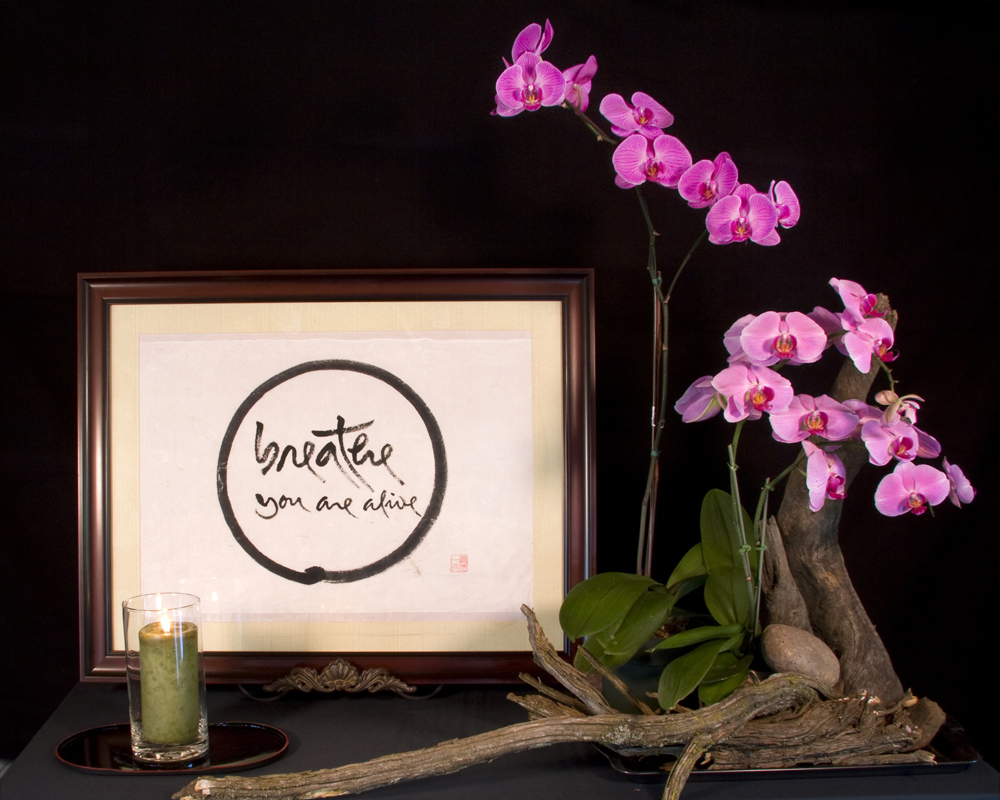
In our busy society, it is a great fortune to practice conscious breathing from time to time. We can do this wherever we are, at any time throughout the day. To help us, we can recite these four lines silently as we breathe in and out:
Breathing in, I calm my body.
Breathing out, I smile.
Dwelling in the present moment,
I know this is a wonderful moment!
“Breathing in, I calm my body.” Reciting this line is like drinking a glass of cool water on a hot day—you can feel the coolness permeate your body. When I breathe in and recite this line, I actually feel my breath calming my body and mind.
“Breathing out, I smile.” You know a smile can relax hundreds of muscles in your face. A smile is a sign that you are master of yourself.
“Dwelling in the present moment.” While I sit here, I don’t think of anything else. I know exactly where I am.
“I know this is a wonderful moment.” It is a joy to sit, stable and at ease, and return to our breathing, our smiling, our true nature. Our appointment with life is in the present moment. If we do not have peace and joy right now, when will we have peace and joy? What is preventing us from being happy right now?
As we follow our breathing with our awareness, we can say silently,
Calming.
Smiling.
Present moment.
Wonderful moment.
This is an excerpt from How to Smile by Thích Nhất Hạnh, published by Parallax Press.

